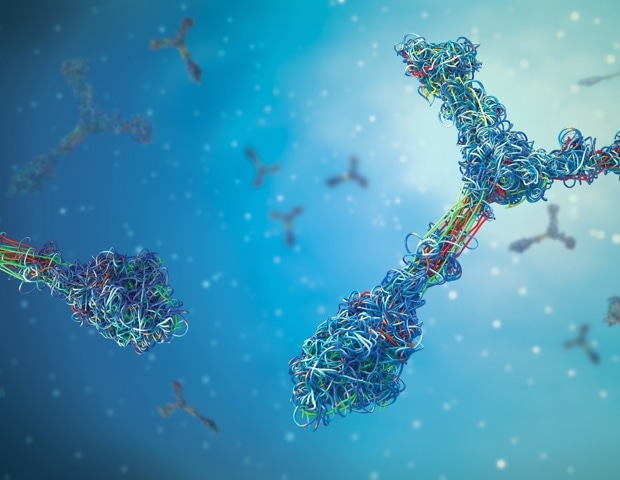Although antiretroviral therapy has markedly improved survival in people with AIDS-associated Kaposi sarcoma (a type of cancer caused by a virus), the condition is still a life-threatening problem in low- and middle-income countries.
New research led by researchers at Massachusetts General Hospital (MGH) with Ugandan and Kenyan colleagues published in The Lancet Global Health indicates that the best available chemotherapy for Kaposi sarcoma, which is infrequently used in Africa, would improve clinical outcomes and be cost-effective at its current price compared with therapies that are most frequently provided in the region.
For treating Kaposi sarcoma, different chemotherapy regimens vary in effectiveness, toxicity, and cost. Paclitaxel and pegylated liposomal doxorubicin (PLD) are the most effective and least toxic therapies, but they are more expensive than other options.
Despite clinical guidelines that endorse the more effective and better tolerated chemotherapy regimens for Kaposi sarcoma, too many people with HIV are still treated with less effective chemotherapy because of logistics and cost.”
Emily P. Hyle, MD, senior author, physician-investigator at the Medical Practice Evaluation Center at Mass General and Assistant Professor of Medicine at Harvard Medical School
Hyle and first author Esther Freeman, MD, PhD, Director of Clinical Innovation & Education for the Center for Global Health at Mass General and Associate Professor of Dermatology at Harvard Medical School, led an international collaboration to perform a cost-effectiveness analysis of different chemotherapy regimens for treating advanced Kaposi sarcoma in people with HIV on antiretroviral therapy in Kenya.
They found that paclitaxel would improve clinical outcomes and be very cost-effective at its current price compared with bleiomycin-vincristine, which is the most frequently used treatment for advanced Kaposi sarcoma in East Africa.
Over five years, using paclitaxel instead of bleomycin-vincristine to treat 19,150 people with HIV and advanced Kaposi sarcoma in Kenya would save 6,400 years-of-life and would increase cumulative healthcare expenditures by approximately $3.7 million, mostly from HIV-related costs due to a prolonged life expectancy among patients.
At current estimates, PLD would further extend life expectancy but would not be cost-effective compared with paclitaxel; however, this could be addressed if its price was reduced. “PLD is even better tolerated than paclitaxel, and our analysis showed that it would be cost-effective compared with paclitaxel if a 44% price reduction was achieved,” says Hyle.
At an individual level, paclitaxel would improve life expectancy by 4.2 years compared with bleomycin-vincristine, and PLD would improve life expectancy by an additional 0.6 years compared with paclitaxel.
“By encouraging hospitals, health systems, and others to reach for paclitaxel as first line treatment for HIV-associated Kaposi’s sarcoma, we can save lives. The majority of deaths from cancer in the world are in low and middle income countries, and it is our duty to advocate for the highest quality of care, which in this case, is also the most cost-effective,” says Freeman. “We also need to advocate for drug companies to reduce the price of effective chemotherapies in sub-Saharan Africa, similarly to what has been done for antiretroviral therapy pricing in the past, so that more people can have access to life-saving treatment.”
Source:
Massachusetts General Hospital
Journal reference:
Freeman, E.E., et al. (2022) Evaluation of four chemotherapy regimens for treatment of advanced AIDS-associated Kaposi sarcoma in Kenya: a cost-effectiveness analysis. The Lancet Global Health. doi.org/10.1016/S2214-109X(22)00242-X.







